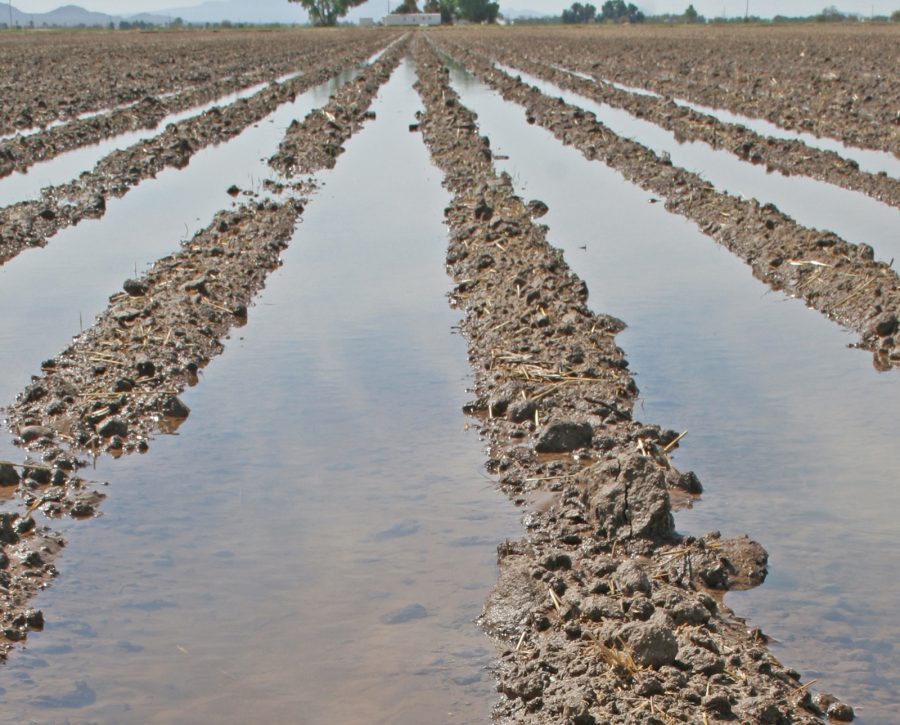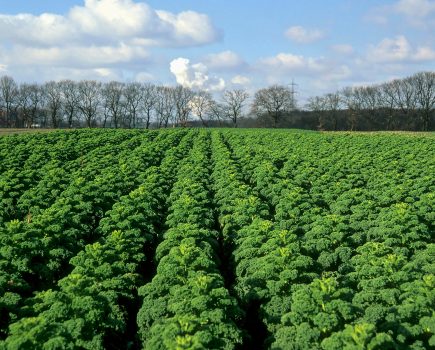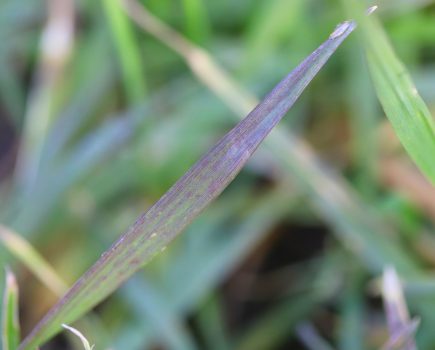Following the high rainfall and devastation caused by recent storms, growers are being urged to apply foliar nutrition to their cereal crops this autumn to help alleviate potential nutrient deficiencies as a result of leeching.
In response to the extreme rainfall this autumn, Chris Bond, crop nutrition product manager at FMC, warns that crops could be at risk of nutrient deficiency as nutrients in the soil are likely to be short supply due to leaching issues and nutrient lock-up caused by saturated soils.
“Building resilience above and below ground with nutrition will therefore be paramount to achieving strong growth in the spring.
“Building up a robust canopy before winter is key, it keeps the plants active and ready to hit the ground running for the crucial growing season in spring. At the same time, it’s important to foster strong root development,” he said.
“This way, the plants can access all the vital nutrients they need from the soil, even when conditions aren’t ideal.”
Mr Bond explains that foliar nutrition is one of the best ways growers can support their crop’s resilience during winter, assuming they can get onto fields.
“Many nutrients can be locked-up in the soil during cold and wet conditions. Foliar application can eliminate these risks, directly nourishing plant tissues and facilitating rapid absorption,” he said.
“Some of the key nutrients for cereal crops this winter for building above-ground resilience, are manganese, magnesium and copper.
“These nutrients all help with maintaining photosynthesis and cell wall integrity.
“To support plants below ground, zinc is important for creating strong active root systems, which is key for cold stress resilience.”
Mr Bond added: “Zinc deficiencies are on the rise, with 66% of tissue samples in 2022 showing deficiency for zinc, escalating to 75% in 2023.
For growers considering a foliar application of nutrients, Mr Bond suggests Cereal Plus™ which contains magnesium, manganese, copper and zinc.
Applications can be made at any time after the three-leaf stage when sufficient foliage has developed to absorb the nutrients.
“The autumn has already been extreme and challenging for crops, but by building resilience now with the help of nutrition, crops have a much better chance of weathering the winter and withstanding any further harsh winter conditions, ready to get away during the spring,” he concludes.
To find out more about foliar nutrition for winter resilience, speak to your agronomist.







